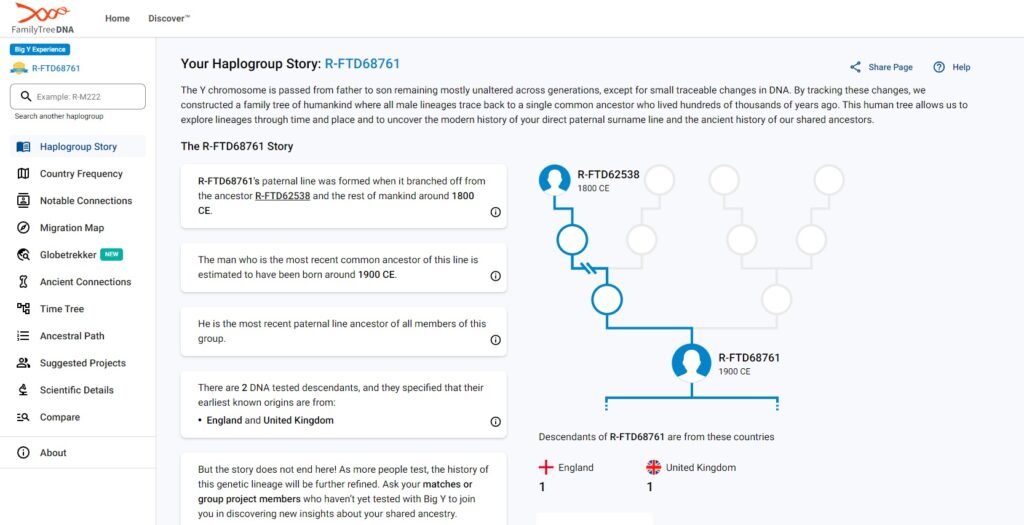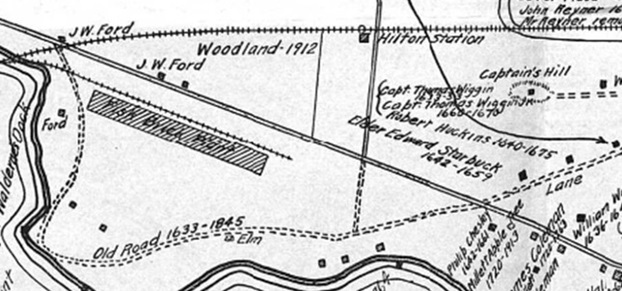Besides the family of Rafe Mills alias Kendall, there were others in Newport Pagnell and the local area using the alias surname from the 1560s through the 1750s. The alias surname is unique, so these others MUST have been related to Rafe, whether by marriage, adoption or blood. But it’s tough to establish exactly HOW they all relate. This post sets out what we know and what we theorise about them.
The earliest Kendalls, Millses and aliases
Newport Pagnell PRs start in 1550 and provide our earliest evidence of Kendalls and Mylls there in the records for just two families.[1]
1. Hewgh Kendall with a wife probably named Margery was having children in Newport from 1560 to 1570, all recorded or known solely as Kendall. Hewgh was possibly born c1535 and buried on 4 January 1595/6, giving a rough age at death of 60ish. He did not leave a Will. The family group:
Hewgh Kendall Family [wife possibly Margery buried 27 Oct 1604]
Hewgh born c1535, buried 27 Oct 1604
1560, 8 Dec – Joan dau of Hewgh Kendall bap [buried 11 Dec 1560]
1561/2, 15 Jan – Andrew son of Hewgh Kendall buried
1561/2, 15 Jan – Ann dau of Hewgh Kendall buried
c1563 – Anthony Kendall [no baptism found, known as Kendall in adult records]
c1564-5 – Elizabeth Kendall [no baptism found, married John Kyght in Newport 5 Dec 1586]
1566, 2 May – John Kendall (no father named – as a Kendall more likely to be Hewgh, but could be Thomas – fate unknown unless he was the eldest son John named in Thomas’ 1605 Will, see below)
1570 – Agnes dau of Hewgh Kendall bap [possibly buried 7 May 1594]
Possibly a dau Isabell buried as an older child or adult on 29 September 1584.
Of Hewgh’s sons, only Anthony is known for sure to have survived and had descendants in Newport, all named Kendall, none using the alias surname.
Continue reading “MILLS alias KENDALL families – the Others”




